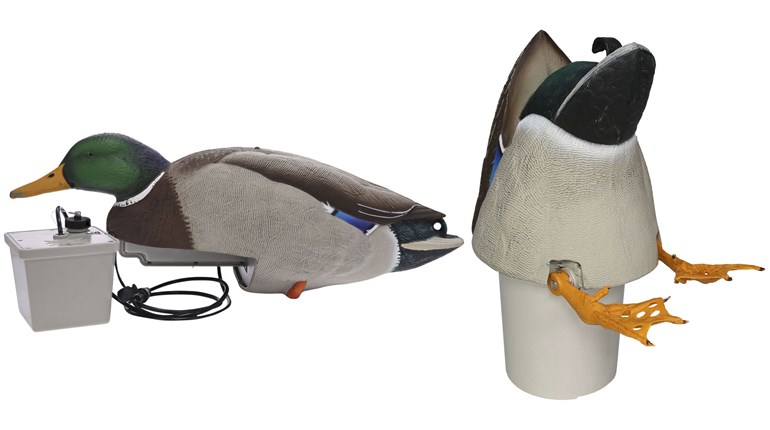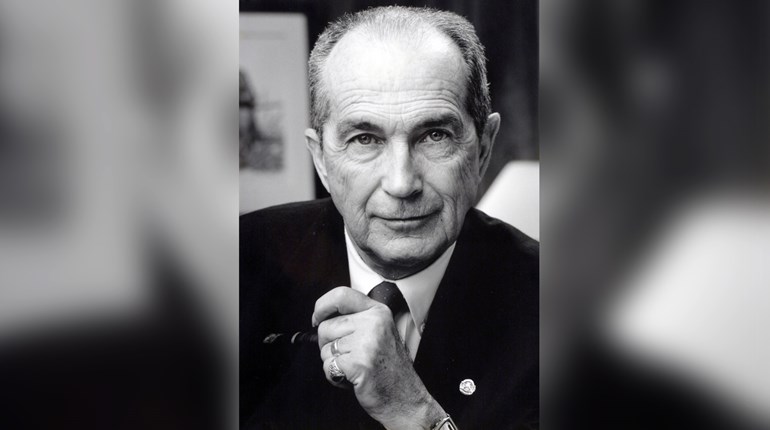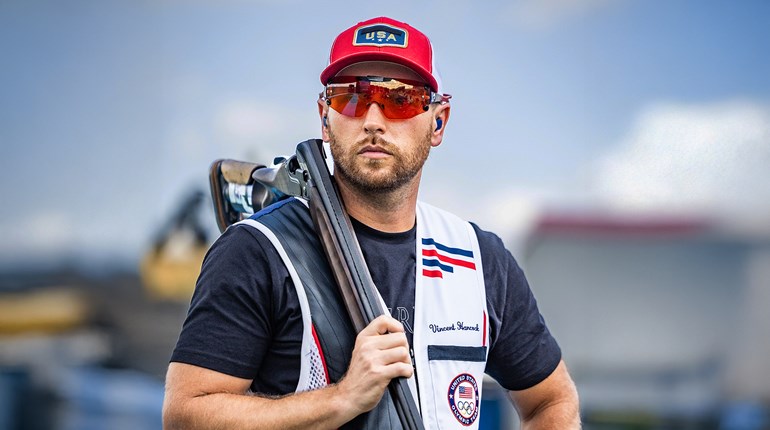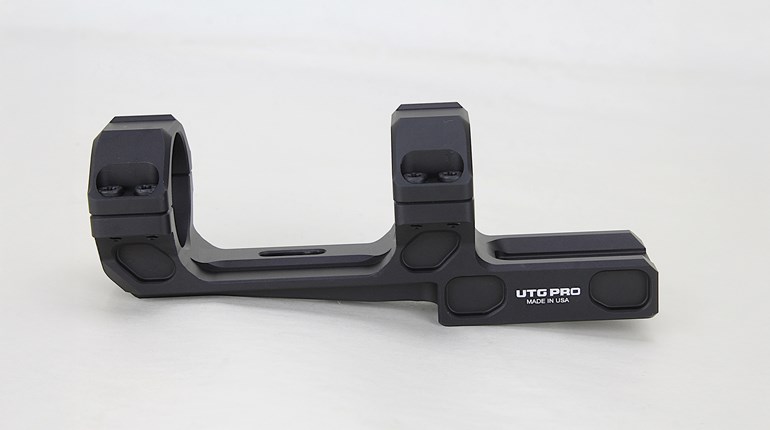
“The adoption by the N.R.A. of a standardized course for practice with the small-bore should throw open a field of sport which will be especially attractive to boys as well as to the more mature riflemen who have learned that practice with the .22 calibre rifle is worthy of the highest skill. Also in States where there is a widespread interest in rifle practice among boys, the establishment of ranges should present no very great difficulties.”
—“Arms and the Man,” October 4, 1919
The National Smallbore Outdoor Rifle Championship, born in the aftermath of World War I, celebrates its centennial this year. Since 1919, smallbore competitors have gathered 94 times at seven locations to contest for the champion’s laurels.

Competition at the turn of the 20th century was service rifle and Edward Crossman, an instructor at the Army’s School of Small Arms at Camp Perry, OH, during the war, thought smallbore would be excellent training for the service rifle. Crossman leveraged his position on the National Rifle Association of America Board of Directors and was appointed to create a smallbore championship at the 1919 National Matches to be held at Caldwell, NJ. By all measures the inaugural tournament was a great success.
The National Matches, and the NRA Smallbore Championship, moved to the Ohio National Guard’s Camp Perry range complex on the shores of Lake Erie in 1920 and would be the home of the matches for the next two decades. Although the service rifle and pistol events would suffer cancellations because of economic crises—smallbore would miss only the 1926 edition.
Trophies, new in 1923, were donated by the Peters Cartridge Company, Remington Arms, U.S. Cartridge Company, Western Cartridge Company and Winchester Repeating Arms became venerated icons presented to winners of the most prestigious individual matches.
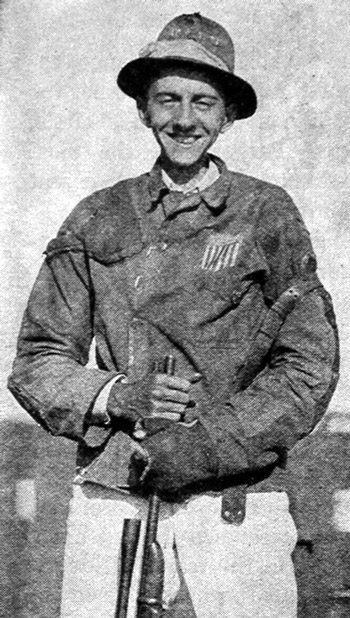
The shooting program would have modern-day competitors scratching their heads. There was an à la carte menu of matches, which were shot at 50 and 100 yards and with re-entry matches a regular feature.
There was a good deal of long-range shooting at 150, 175 and 200 yards. On occasion there was a position match but, by and large, the courses-of-fire were all prone. If there were sighters they were limited in number, and firing was stopped while the sighter target was replaced by record targets.
The most-important events, outside of the actual individual championship, were the preliminary matches used to select the 20 shooters to represent the United States in the Lord Dewar International Postal Match. The Dewar, sponsored by Great Britain’s Society of Miniature Rifle Clubs, was open to English speaking nations. Between the two World Wars (1919-1939) the United States won an impressive 18 out of the 20 matches.
Ralph McGarity displayed extraordinary skill, winning the individual title in 1923 and 1927—the first to repeat. His feat would be matched by Therkild “Turk” Samsoe in 1933 and 1935. William “Bill” Woodring would outdo both of them after winning three in a row starting in 1936—a feat unmatched to this day.
The postwar years would record the smallest and largest smallbore matches: 29 prone in 1948 and 1,088 combined prone and position in 1962. The championship would wander a bit after World War II, but came back to Camp Perry in 1953, where it remained for the next 60 years. The most notable change came in 1957 with the introduction of a position championship won by Art Cook who, having won the 1948 prone championship became the first to win both titles.

Lones W. Wigger, Jr. would define smallbore excellence, winning his first prone and position championships in 1963, the first to win both titles in a single year, a feat he would repeat in 1973. Wigger won his last national crown, the prone title, in 2002, incidentally becoming the oldest person to win a national outdoor championship as he was a month shy of his 65th birthday. He amassed six prone titles and 21 position crowns, nine of them in a row, in 39 years—a record that is unlikely to be matched.
Other noteworthy accomplishments were notched by Viola Pollum and Karen Monez, the first women to win the prone and position championships, in 1955 and 1987 respectively. Jamie Beyerle was the first junior to win the national prone title in 2004, shooting iron sights the whole way, another first. The first junior to win the position title was Jacob Buchanan in 2014. And, Fred Cole won 15 senior position titles in 17 years.
Years later, the smallbore community was asked to relocate from Camp Perry to accommodate the World Long Range Shooting Championships. The move was made in 2014 to the St. Joseph Valley Rifle and Pistol Association’s Wa-Ke’-De Range, Bristol, IN, which hosted the NRA Metric Championships. [Editor’s note: Next year, Smallbore will be reunited with Pistol and High Power at Camp Atterbury, IN.]
If surviving a century of growth and change, good times and bad, indicates health and accomplishment—then smallbore is on track for another successful 100 years of competitive shooting excellence.Lead photo: Ralph McGarity, Lones Wigger and Jamie Corkish are three of the greatest smallbore rifle shooters in history..
See more:
- The Seed Is Planted: National Outdoor Smallbore Rifle Championship History
- The Roaring Twenties: National Smallbore Outdoor Rifle Championship History
- Depression and War: National Smallbore Outdoor Rifle Championship History
- Post-War Reorganization and Innovation: National Smallbore Outdoor Rifle Championship History













